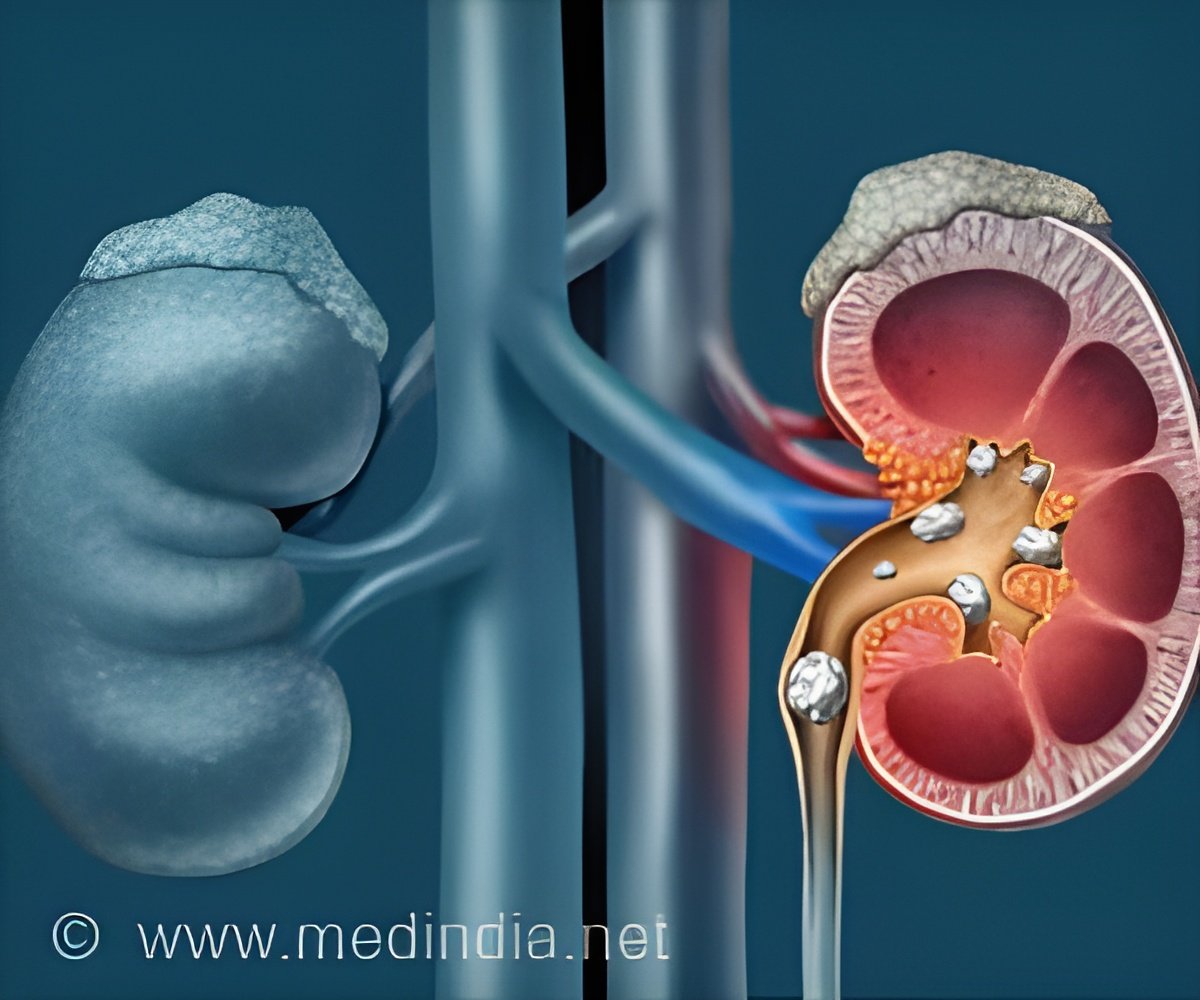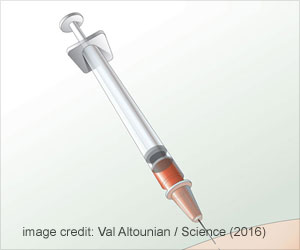
About 50% of people who undergo surgery for kidney stones still have small fragments unremoved, and roughly 25% may need another procedure within five years to remove these now larger fragments (1✔ ✔Trusted Source
Randomized Controlled Trial of Ultrasonic Propulsion-Facilitated Clearance of Residual Kidney Stone Fragments vs Observation
).
However, researchers at UW Medicine discovered that patients treated with the new non-invasive ultrasound technique experienced a 70% reduction in the risk of recurrence. The findings were published in the Journal of Urology.
Non-Invasive Ultrasound Device for Kidney Stone Treatment
“I think the main takeaways of this study are removing fragments reduces relapse and using a noninvasive, hand-held ultrasound device to help clear these kidney stone fragments,” said UW Medicine urologist Dr. Jonathan Harper, the study’s senior author.
The multisite, randomized, and controlled trial was conducted from May 2015 to April 2024. Almost all of the 82 participants were from the UW Medicine or the VA Puget Sound health systems. All had stone fragments that had persisted in their kidneys for months, and their ureters were free of stones and fragments.
How Ultrasound Technology Clears Kidney Stone Fragments
In the study, 40 underwent ultrasound treatment to encourage fragments to clear from the kidneys, while 42 control-group members received no such treatment.
With patients awake in a clinic office setting, doctors used a wand that generated ultrasonic pulses through the skin to move the fragments closer to the ureter, where they could be naturally expelled, sometimes with the next urination, Harper noted.
Harper and his co-lead author on the paper, urologist Dr. Mathew Sorensen, have worked on this technology and treatment for 15 years. They also use this technology, called burst wave lithotripsy, to blast larger stones into smaller pieces; those successes were published in 2022.
Advertisement
Harper expressed hope that both clinical uses of the technology would become commonplace. A company, SonoMotion, is commercializing the technology, which was developed at the University of Washington, he added.
“I see a lot of potential in this It could become as common as getting your teeth cleaned. If you have a couple of small stones that could cause future problems, you make an office appointment and in 30 minutes you’re done.
Advertisement
“This could revolutionize kidney stone treatment,” Harper said.
Reference:
- Randomized Controlled Trial of Ultrasonic Propulsion–Facilitated Clearance of Residual Kidney Stone Fragments vs Observation – (https:www.auajournals.org/doi/10.1097/JU.0000000000004186)
Source-Eurekalert



